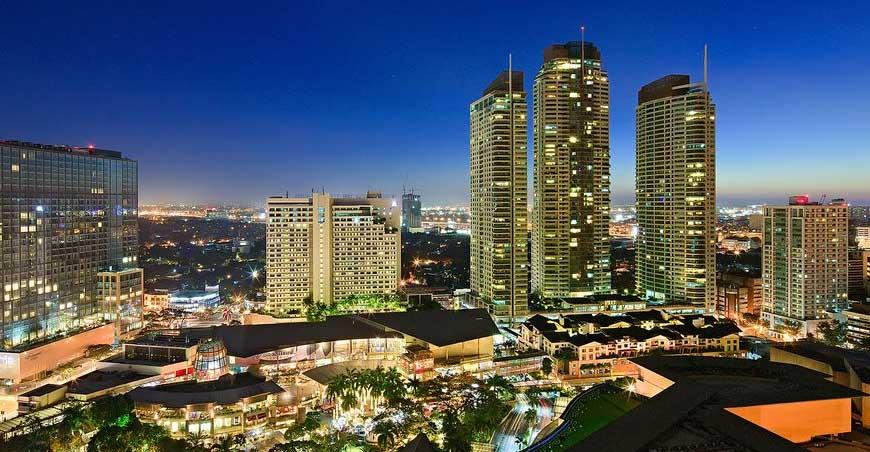January 6,2025
The Manila real estate market in 2025 offers a dynamic and evolving landscape for developers, investors, and industry stakeholders. As the effects of recent global and local economic shifts unfold, understanding the key trends and metrics shaping this sector becomes essential for making informed decisions. Here's a comprehensive analysis of the market’s current state, opportunities, and strategies to capitalize on growth.

Market Overview: Mixed Results and Emerging Opportunities
The past year has brought varied results for Manila’s property sector. Office vacancies remain high, with considerable condominium inventory awaiting absorption in Metro Manila. Yet, there are bright spots: the retail sector is experiencing sustained mall space take-up, driven by recovering consumer spending, and industrial parks are expanding with promising growth in sunshine industries like electric vehicles (EVs) and related components.
2025 marks a pivotal year for recalibration, with players focusing on identifying growth areas and responding to new trends. Here’s a closer look at sector-specific developments:
Residential: Condominium launches in Metro Manila have slowed due to extended inventory life, while the exodus of Philippine Offshore Gaming Operators (POGOs) impacts the residential leasing market, particularly in the Bay Area and Makati Fringe.
Retail: The entry of more foreign retailers into physical malls continues to bolster foot traffic. Developers are renovating existing spaces and introducing immersive concepts to attract shoppers.
Industrial: Demand is driven by EV, food and beverage (F&B), and semiconductor industries, alongside sustained demand in the cold storage sector.
Hospitality: Four- and five-star hotels dominate new supply in Metro Manila, with more MICE (meetings, incentives, conventions, and exhibitions) facilities opening in key tourist destinations.
Office: Net take-up of office space is projected to recover after a sluggish 2024, with traditional and outsourcing firms driving demand.

Key Market Data Points for 2025
Average Rent:
Central Business Districts: PHP 20,000 to PHP 35,000 for one-bedroom units.
Suburban Areas: PHP 10,000 to PHP 20,000 for similar units.
Rental Yields:
Average annual yields range between 5% to 8%, with lower yields in premium locations like Makati and Bonifacio Global City due to higher property prices.
Price Per Square Meter:
Prime Areas: PHP 150,000 to PHP 300,000.
Suburban Areas: PHP 50,000 to PHP 100,000.
Vacancy Rate:
Residential properties show an 8% vacancy rate, reflecting a healthy balance between supply and demand.
Infrastructure Influence:
Properties near new highways, airports, and transport systems are expected to see value appreciation of 10%-15% post-completion.
Retail Growth:
Mall foot traffic continues to rise, with global brands aggressively entering the market.
Industrial Sector Expansion:
Logistics and cold storage needs remain strong, alongside growth in EV manufacturing.
Foreign Investment Trends:
Foreigners remain significant buyers of condos in business hubs like Makati and Taguig.
Financing Options:
Interest rates range from 6% to 8%, offering competitive financing for buyers.
Sustainability in Real Estate:
Green-certified buildings and energy-efficient designs are becoming standards, increasing property appeal.
Tourism Impact:
With over 8.3 million tourists expected in 2025, demand for hospitality and vacation rentals is set to soar.
Future Outlook:
Continued urbanization and economic growth are expected to drive steady market expansion.

Benefits of Investing in Manila Real Estate in 2025
Investing in Manila’s real estate market offers several advantages:
1. Strategic Location and Economic Resilience Manila’s position as a Southeast Asian hub ensures steady growth. Infrastructure projects under the "Build Better More" initiative enhance accessibility, driving property value appreciation.
2. Strong Rental Market High demand for rental properties ensures consistent income streams, particularly in areas with strong BPO (Business Process Outsourcing) activity and expatriate communities.
3. Diverse Investment Opportunities From luxury condos in Makati to emerging developments in Quezon City, Manila offers options catering to various investment goals.
4. Policy Support Government policies such as the Real Estate Investment Trust (REIT) framework provide attractive opportunities for investors.
5. Sustainability Appeal Green-certified projects not only align with global trends but also attract eco-conscious buyers and tenants.

Strategies for Success in 2025
To succeed in Manila’s real estate market, stakeholders should:
Identify Growth Opportunities: Focus on high-demand sectors such as retail, industrial, and hospitality.
Leverage Sustainability: Incorporate eco-friendly designs and energy-efficient solutions to meet evolving consumer preferences.
Adapt to Policy Changes: Stay informed about regulatory shifts and market dynamics to make timely adjustments.
Enhance Property Appeal: Introduce innovative features, such as immersive retail concepts or modernized office spaces, to attract tenants and buyers.

A Year of Pivot and Progress
2025 is shaping up to be a transformative year for Manila’s real estate market. While challenges such as elevated office vacancies and condominium oversupply persist, opportunities abound in retail recovery, industrial growth, and the hospitality boom. By adopting a proactive and adaptive approach, developers and investors can maximize returns and contribute to the sector’s continued growth. The ability to pivot and capitalize on tailwinds will define success in Manila’s vibrant real estate market.
Reference:


Comments